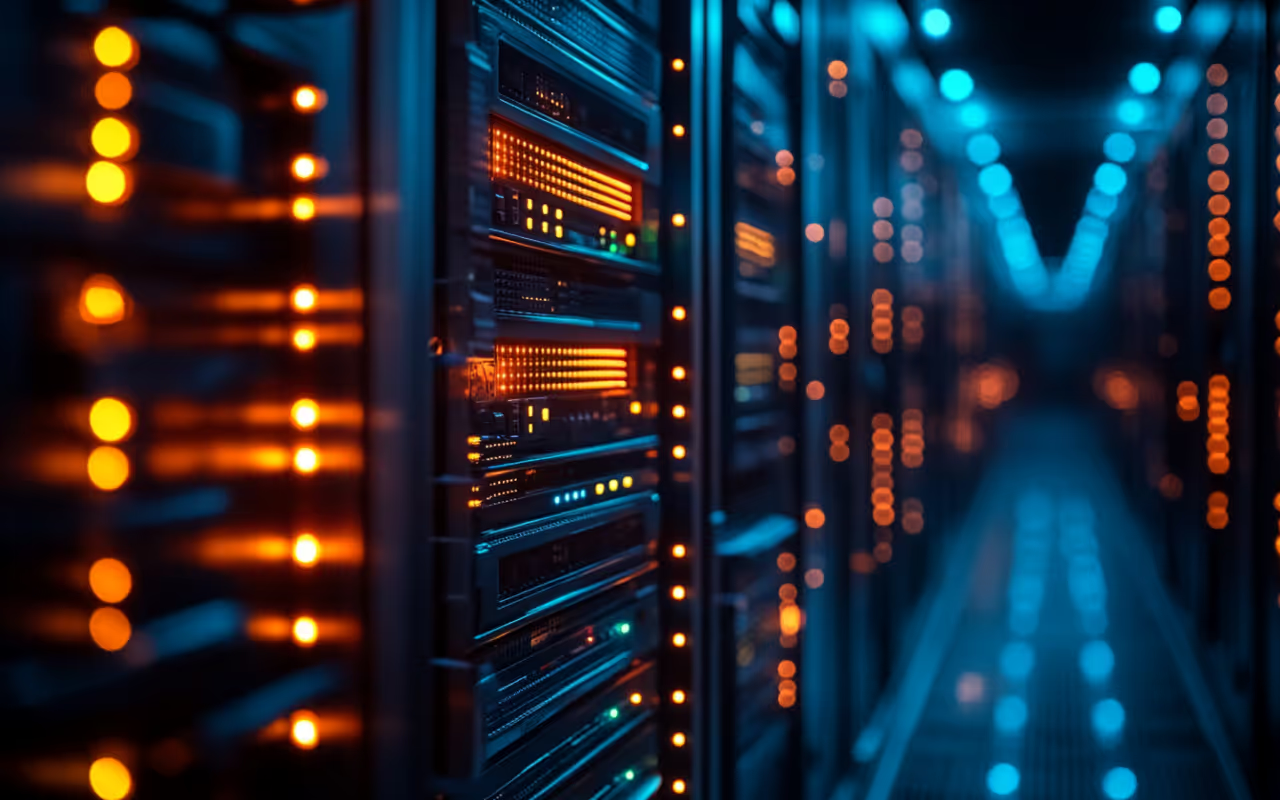AI & HPC Data Centers
Fault Tolerant Solutions
Integrated Memory
Edge Computing has become rapidly popular in recent years, but it doesn't completely replace cloud computing. It is necessary to make use of each feature and construct a rational system. We summarized the differences between the technologies and the important points for rational system construction.

While edge computing has become increasingly visible in recent years, it seems less noisy than traditional cloud computing. But cloud computing and edge computing don't choose one or the other, they're complementary to each other. This section describes the characteristics of edge computing and cloud computing and explains the points to note when building and the use of cloud computing and edge computing separately.
The cloud literally means "cloud". From that image, the actual situation of the server is "in the cloud" or "above the cloud", and it can be said that the end-user represents a system that can be used without being aware of the actual situation of the server. In principle, there are multiple servers "above the clouds", which share roles, but can be used "under the clouds", that is, on the end user's side without being aware of it. In other words, it is a technology that treats multiple servers as if they were a single server.
The background to the emergence is the evolution of the Internet environment. It can be said that the development of the Internet has prompted a situation where multiple servers are random as a result. In these situations, end users must access each server each time. For example, if a server is built by function, the client must enter a different password each time it accesses a different server. However, this can be very cumbersome for clients, and managing and consolidating servers has become a challenge. Cloud computing solves this problem.
Key component technologies that support cloud computing include virtualization, distributed, and security technologies. Let's take a look at each elemental technology.
Let's take a look at edge computing. This process is performed "under the clouds" for processing "above the clouds" of cloud computing. In other words, the goal is to complete the process closer to the end-user. "Edge" means "edge", which means that processing is completed at the end of the network. By completing processing inside the edge server, data can be leaked to the network and the burden on the cloud server can be reduced.
Cloud computing has become commoner and used in a variety of areas. However, in recent years, with the trend of IoT, information systems are required to process large amounts of data at high speed. In order to solve this proposition, the focus has been focused on edge computing, which can perform distributed processing.
While software technology is the main component of technology that underpins cloud computing, hardware elemental technology is important in edge computing. These include reliability technology, wireless technology, and real-time processing technology.
So what do you need to keep in mind when implementing cloud computing and edge computing? The main points are summarized below.
Clarify the scope of the system
First, you need to clarify the scope of your system. In the case of IoT, it's practically impossible to do everything with edge computing, or cloud computing. For this reason, it is necessary to draw in detail the allocation of the functions that you want to achieve first. This is also important in terms of cost. This is because, in the case of cloud computing, you can often add features later if necessary, but in the case of edge computing, it is not considered the same way. In particular, the latter often has a high initial cost, so it is difficult to make a profit if you do not determine the scope of the application.
Think about the speed your system needs
The speed of cloud computing is often sufficient for general paperwork. Also, edge computing is best used only when speed is required.
Consider the cost benefits
For this reason, cloud computing for general paperwork and edge computing for IoT are often the best cost benefits.
So far, I mentioned the characteristics of cloud computing and edge computing, the elemental technologies that support them, and the points to consider when introducing them. As mentioned above, cloud computing is not an alternative, but a complementary relationship between edge computing. There are also unsuitable areas depending on the field in which they apply. You should get the cloud and the edge to build a more streamlined system.


At Penguin, our team designs, builds, deploys, and manages high-performance, high-availability HPC & AI enterprise solutions, empowering customers to achieve their breakthrough innovations.
Reach out today and let's discuss your infrastructure solution project needs.